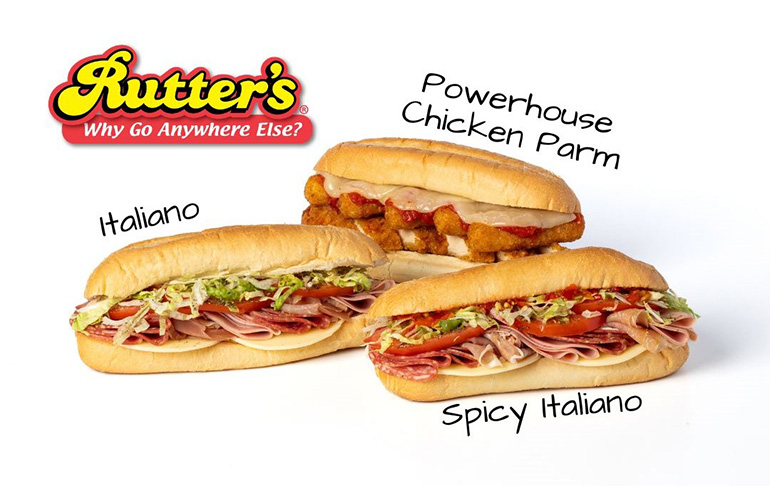 Canada’s foodservice industry continues to thrive and increase in the double digits as customers’ dining behaviors shift and they start going out more after the pandemic. Customer visits to restaurants and other foodservice outlets increased by 11%, and spending grew by 18% in the quarter ending March compared to a year ago, according to Circana, formerly IRI and The NPD Group.
Canada’s foodservice industry continues to thrive and increase in the double digits as customers’ dining behaviors shift and they start going out more after the pandemic. Customer visits to restaurants and other foodservice outlets increased by 11%, and spending grew by 18% in the quarter ending March compared to a year ago, according to Circana, formerly IRI and The NPD Group.
“Foodservice traffic has been on an upward trend over the past two years,” said Vince Sgabellone, Circana foodservice industry analyst. “The first quarter of this year continues this trend by surpassing pre-pandemic 2019 first quarter traffic volume.”
This being said, retail foodservice, like prepared foods at convenience and grocery stores, were down 5% in visits in the quarter compared to a year ago. Full-service restaurants had the most traffic growth, a 24% gain, and quick-service restaurants held a 67% share of all foodservice visits and increased visits by 9% in the quarter.
Since pandemic lockdowns were lifted, a key growth driver has been the significant gain in on-premises, dine-in visits. Dine-in visits jumped by 59% in the first quarter versus the same quarter a year ago. Though off-premises traffic, like carry-out, drive-through and delivery, still represent a larger share of total foodservice visits, 66%, these visits declined by 5% in the reporting period.
Shifting behaviors, like more people returning to worksites or out-of-home routines, have helped to increase foodservice visits throughout the day, particularly at the breakfast and a.m. snack periods. In order to increase its share of the foodservice market, convenience stores might consider bolstering the morning meal daypart.
While all dayparts grew in the first quarter, the morning meal daypart increased visits by 13% and currently holds the largest daypart traffic share. Lunch and dinner daypart visits grew by 10%, and p.m. snacks grew by 8% in the quarter versus a year ago, reported Circana.
“Some of the key transformations to watch in the coming quarters include the strength of morning meal as consumers continue to resume out-of-home activities; re-settling of carry-out, drive-through and delivery as some of the pent-up demand for in-person visits migrates back to off-premises; and the shifting influence of the different generational groups,” said Sgabellone. “Also playing out is the ascent of small chains and independents, which have collectively exceeded their pre-COVID share of visits. These restaurants were hardest hit over the past three years, and their growth could be another indicator of an upcoming market transformation.”




